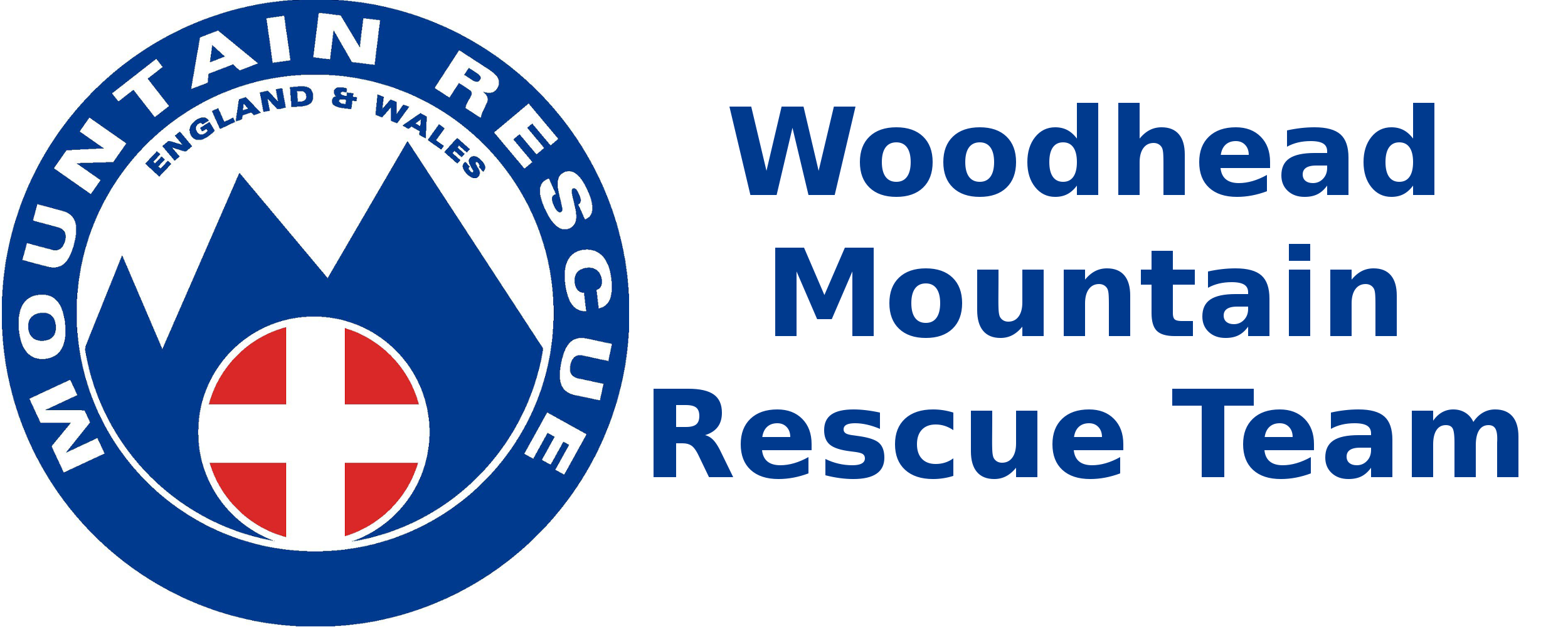On Sunday 6th March a number of our team took part in a training exercise focusing on how to rescue a casualty from a crag environment. We met at Langsett at 9am ready to go, and were immediately given the brief that we had been contacted by a walker who had fallen down the crags next to the river just beyond Brookhouse Bridge and had injured his ankle. Immediately, we drove to the flat ground above the bridge, and grabbed what equipment we would need, which included ropes, crag kit, “rescue nappy”, stretcher and cas bag.
As we left the woods and started up the path alongside the crags, we immediately made contact verbal contact with the casualty. At this point we could not see him. One team member approached the edge to speak with the casualty and reassure him while the rest of the team quickly began to organize for the rescue. The priorities here were:
- Allocate someone as Crag Safety Officer to oversee and co-ordinate the rescue.
- Mark out a safety line across the crag environment (bright orange tape in the photos).
- Get a safety line on one team member so he could get closer to the edge to assess the casualty’s situation.
- Everyone puts helmets and harnesses on (Our first priority is our own safety).
- Start rigging a rope system.
The rope systems used for crag rescues can get quite sophisticated and complex. Our team has standardized on a fairly straightforward two rope system. Everyone in the team is trained and tested on how to rig it. It’s quick to deploy. It’s also very safe as anyone being raised or lowered is always secured to a main rope and a safety rope.
Once rigged, the rope system is double checked by other team members. Anyone who is not happy with the set-up can call a halt at any time. Again, using a standardized set-up makes checking easier, and when you’re the one being lowered, you’re a lot more confident to put your life in someone else’s hands.
In the Langsett scenario here we used the nearby trees as belays. They are incredibly stable and provide a very safe anchor point. The wire fence has to be managed carefully so that the rope does not strain against it. We never use fence posts for belays, as the wood has a tendency to rot just below the surface. In the absence of trees or other suitable anchors we will use metal stakes hammered in to the ground.
 Once the ropes system is ready to go, then our casualty carer (let’s refer to him as Brent to preserve his anonymity) is lowered down to the casualty site. They will potentially be carrying medical equipment, rescue equipment such as slings, radio, karabiners and rescue nappy or even a stretcher. A soon as contact is made with the casualty, the cas carer will perform a rapid primary survey and deal with any immediate life threatening conditions. In the exercise, there we no immediate problems to deal with so the next priority was to secure the casualty.
Once the ropes system is ready to go, then our casualty carer (let’s refer to him as Brent to preserve his anonymity) is lowered down to the casualty site. They will potentially be carrying medical equipment, rescue equipment such as slings, radio, karabiners and rescue nappy or even a stretcher. A soon as contact is made with the casualty, the cas carer will perform a rapid primary survey and deal with any immediate life threatening conditions. In the exercise, there we no immediate problems to deal with so the next priority was to secure the casualty.
To do this Brent, the rescuer put himself behind the casualty and then secured him in the “rescue nappy” which is basically an easy to fasten chest harness. At this point both Brent and the casualty are now secured to the main rope and safety rope.
Obviously, pulling a load of up to 200kg up a vertical slope is not easy. To assist with this, the top end of the rope system uses a pulley and “rope dog” to allow a number of team members to haul the two persons up the slope.
Very quickly, Brent and the casualty were safely at the crag top and ready to receive full medical treatment. In the adjacent picture, the “rescue nappy” can be clearly seen, as can the orange safety zone marker. Interestingly in this situation, the footpath is actually in the danger zone.
The reason we keep a wide gap from the crag is for a number of reasons. Firstly, it minimises the obvious risk of a team member stumbling un-protected over the edge. Secondly, it leaves a clear buffer zone where the CSO can clearly see what’s happending, and finally it provides useful space where the rope system can be checked under load before anyone is committed over the edge.

The casualty, was then whisked away on a stretcher to the ready fro transfer to hospital.
Once the exercise was over, we then had the pleasure of de-rigging the rope system, doing a full debrief from the exercise to make sure we had picked up all the observed learning points. All the equipment has to then be checked, cleaned, and dried. The vehicles have to be re-stocked so that they are immediately ready for operational use.
All done in time for Sunday lunch!



